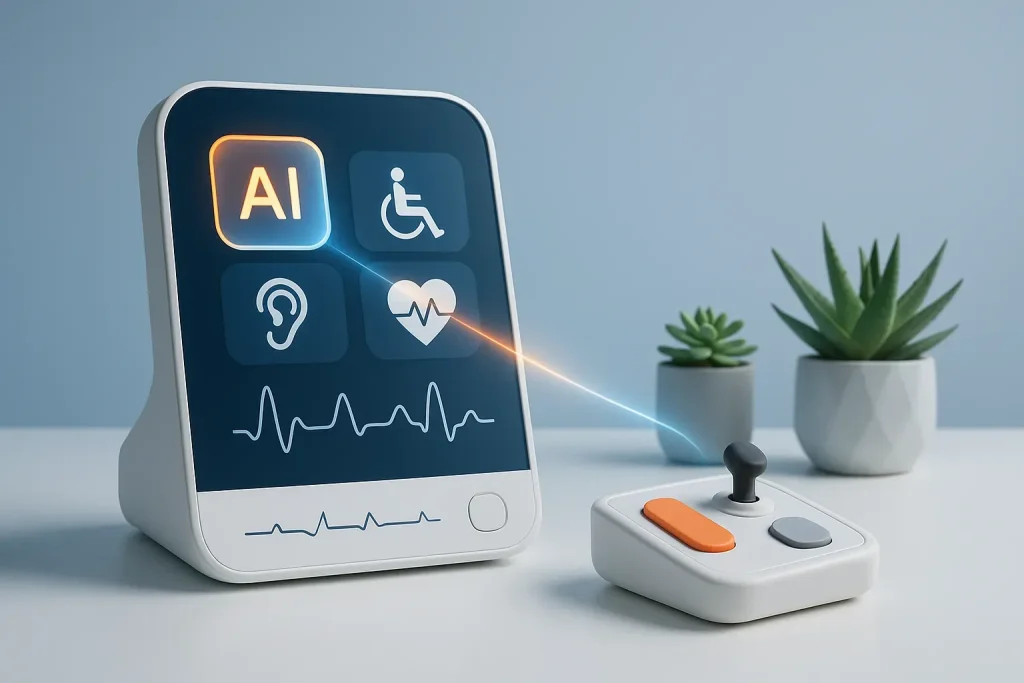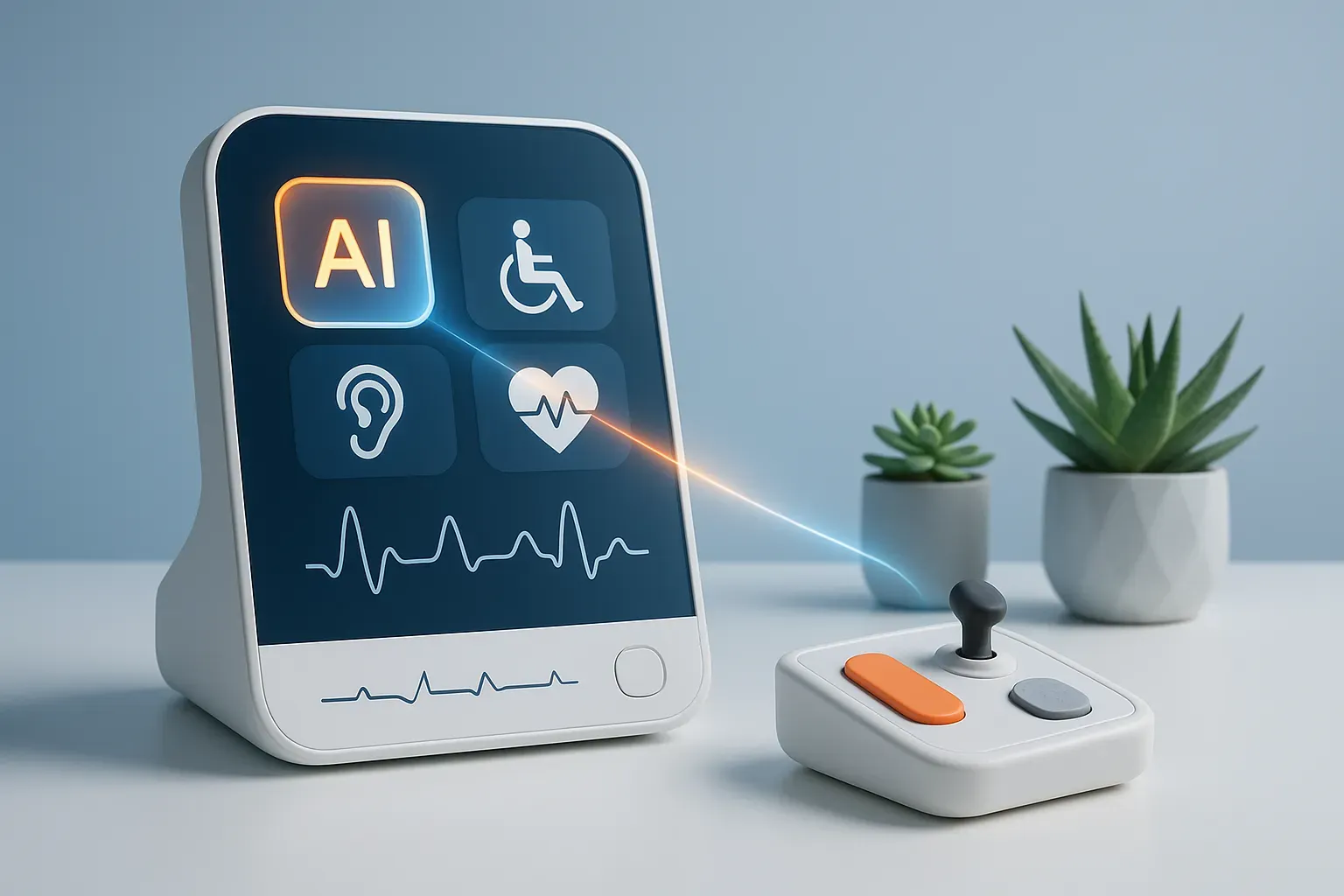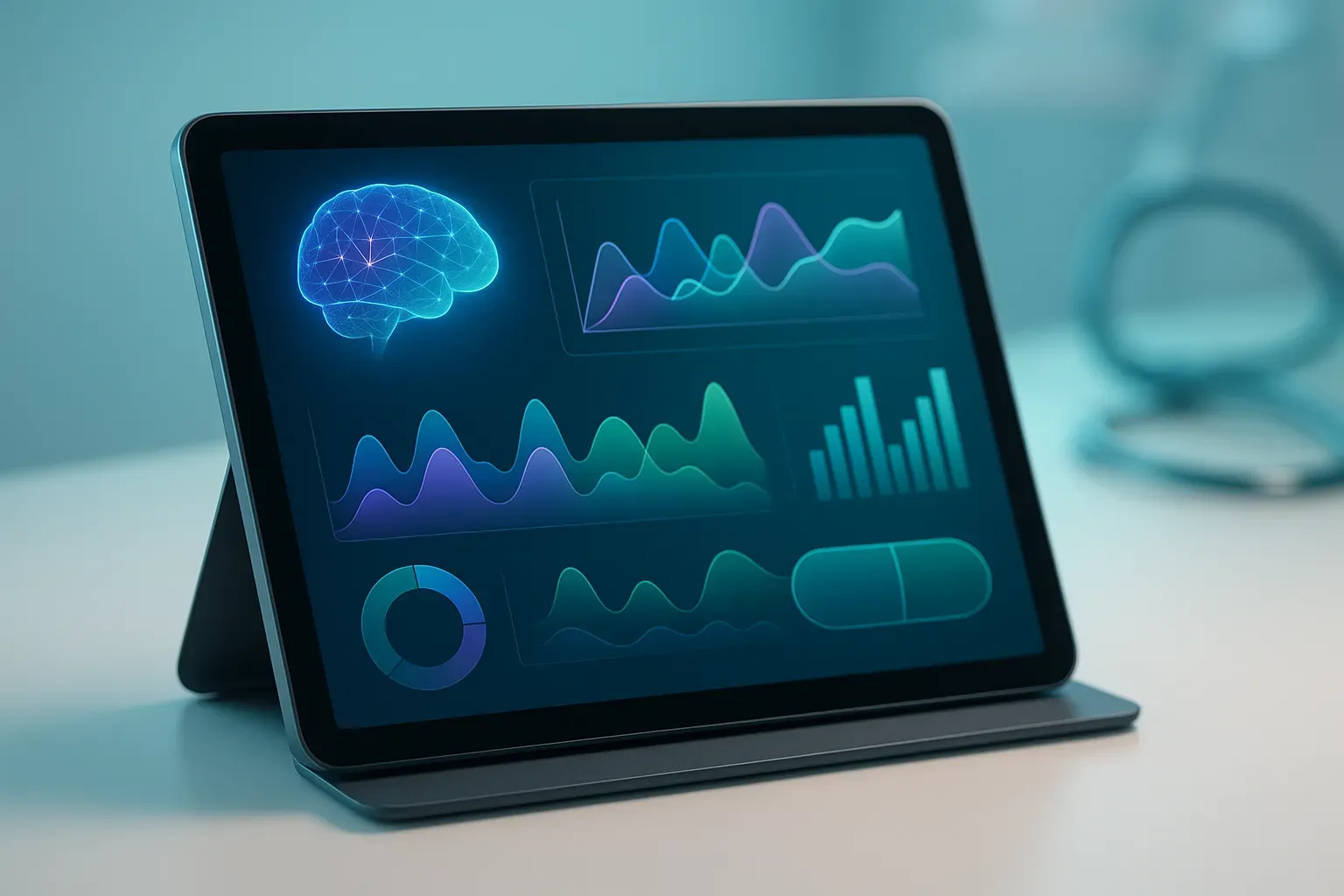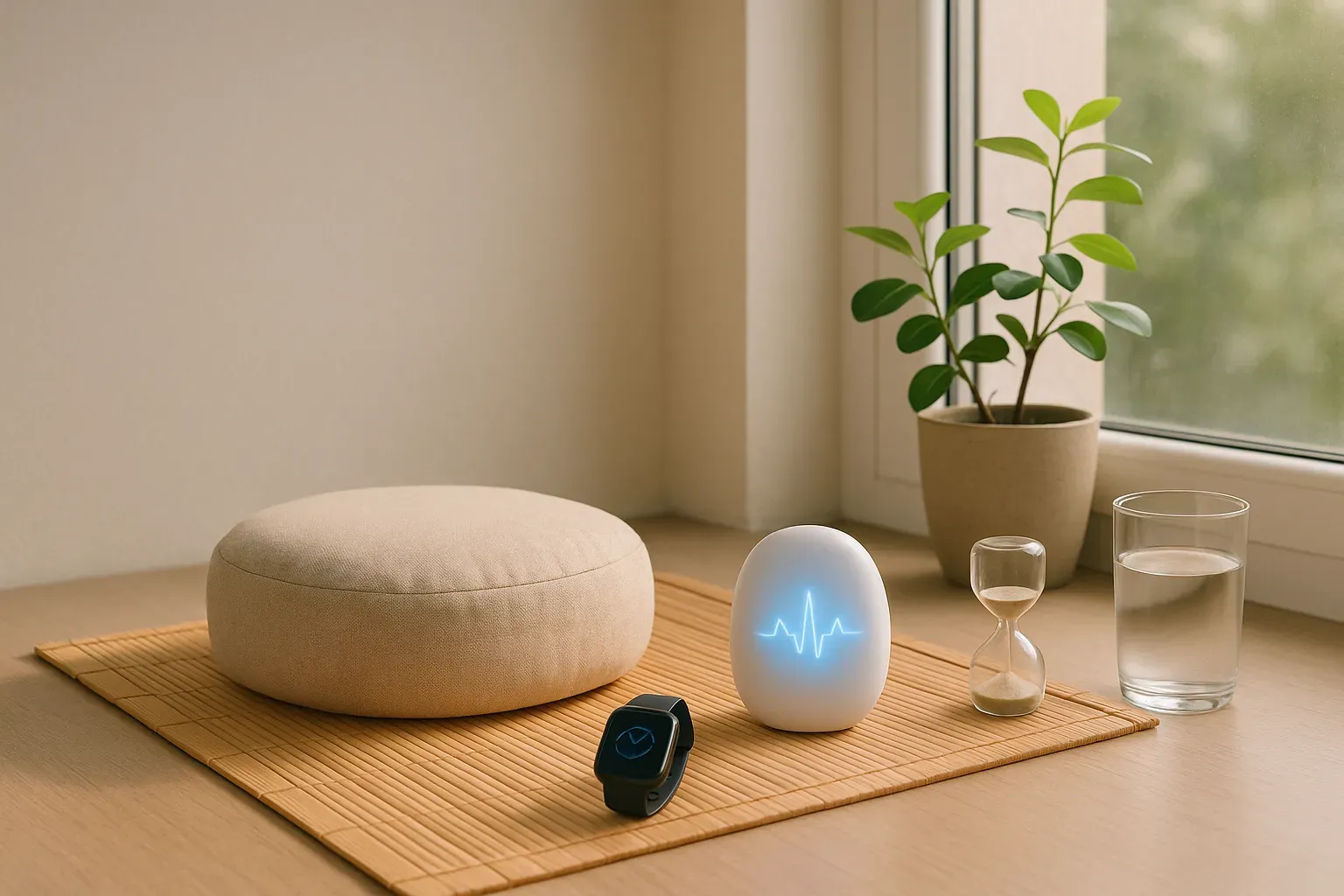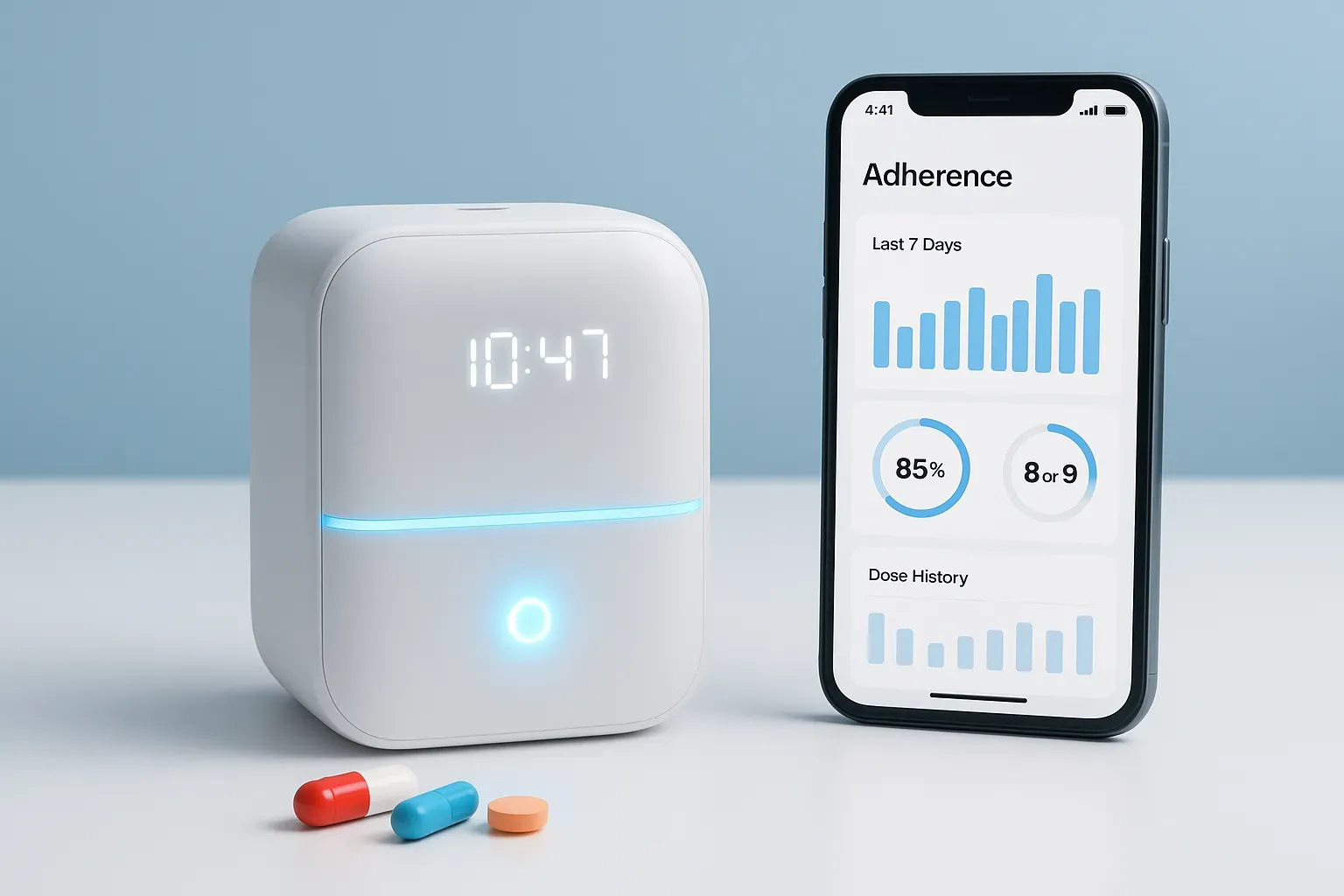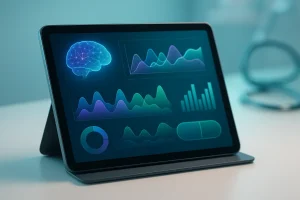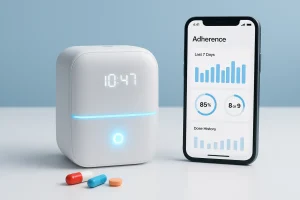Leading experts reveal how artificial intelligence is transforming healthcare for patients with disabilities. AI technologies are creating pathways to greater independence and enhanced care for those with mobility impairments. Inclusive design principles stand at the core of making these healthcare advancements truly accessible to all patients.
- AI Enhances Care For Patients With Mobility Impairments
- AI Tools Give People With Disabilities More Independence
- Inclusive Design Core to AI Healthcare Accessibility
- VR Creates Safe Practice Environments For Skills
- Voice Systems Remove Physical Barriers in Healthcare
- Predictive Algorithms Anticipate Needs Before Patient Arrival
- Adaptive Interfaces Customize Information For Accessibility Needs
- Telehealth Eliminates Transportation Challenges For Patients
AI Enhances Care For Patients With Mobility Impairments
One experience where AI significantly helped improve care for patients with mobility
impairments involved using AI-powered assistive technologies to support their healthcare
journey. As an ophthalmologist, I integrated AI tools into assessments and patient interactions,
enhancing accessibility. Here’s how AI played a role:
* Enhanced Diagnostic Precision: AI tools provided more accurate eye image analysis,
helping me diagnose subtle changes and prevent further vision loss, especially for
patients who couldn’t visit frequently.
* Improved Patient Interaction: AI systems enabled remote consultations, reducing the
need for travel and allowing patients with mobility issues to attend appointments virtually.
* Personalized Care Plans: AI analyzed patient data to create tailored treatment plans,
addressing both vision and mobility needs to ensure comprehensive care.
* Increased Accessibility: AI made healthcare more accessible by offering voice
commands, simplified interfaces, and remote care options, allowing patients to manage
their treatment independently.
AI has been transformative in improving care for patients with mobility impairments, making
healthcare more inclusive, convenient, and personalized.

AI Tools Give People With Disabilities More Independence
To be honest, I think accessibility gets oversimplified. The moment AI can mimic a screen reader, recognize facial cues, interpret written consent visually, or auto-transcribe in plain language for patients who need that clarity… it is doing more than organizing charts. That said, what really struck me is how some AI tools give people with learning disabilities more independence in navigating their appointments. Believe it or not, a few simple prompts or audio options can shift the power dynamic without putting anyone on the spot. As far as I am concerned, that is where care starts feeling equal.
On top of that, what I learned is this: inclusion gets built in the small stuff. The drop-down that doesn’t assume gender. The appointment reminder that can talk. The intake form that understands slow typing. It’s not flashy, but it counts. Accessibility is not always about equipment or funding or flashy innovation. It’s about someone feeling like the room was designed with them in mind… even quietly so. Honestly, AI can help, but only if we train it with compassion, not just convenience.

Inclusive Design Core to AI Healthcare Accessibility
AI has enormous potential to improve care for patients with disabilities by enhancing accessibility, personalization, and early intervention. AI can allow for more precise and proactive care by analyzing vast amounts of medical data and detecting patterns that human clinicians might miss. For patients with mobility, sensory, or cognitive impairments, AI tools such as voice recognition systems, adaptive user interfaces, and predictive health monitoring can make navigating healthcare systems significantly easier.
For example, AI speech-to-text and visual recognition tools enable patients with visual or hearing impairments to communicate more effectively with providers. At the same time, smart home health devices can monitor vital signs and daily activity for those with limited mobility, which reduces hospitalizations and promotes independence.
One key insight about accessibility in AI-assisted healthcare is that technology alone doesn’t guarantee equity; it must be designed with inclusivity at its core. AI systems are only as good as the data and perspectives that shape them. Therefore, if the algorithms aren’t trained on diverse populations, they risk reinforcing the same barriers patients with disabilities already face. This means involving people with disabilities in the design, testing, and refinement of these tools to ensure they meet real-world needs.
Ultimately, the greatest promise of AI lies not just in its efficiency, but in its ability to humanize medicine through inclusion, adaptability, and understanding.

VR Creates Safe Practice Environments For Skills
Virtual reality has created unprecedented opportunities for immersive therapy experiences tailored to patients with various disabilities. Through carefully designed virtual environments, patients can practice real-world skills in safe, controlled settings that can be precisely adjusted to their specific abilities and challenges. The technology provides immediate feedback and measurable progress tracking, allowing therapists to modify treatment plans with greater precision than traditional methods permit.
For many patients with mobility restrictions, VR opens doors to experiences that would otherwise remain inaccessible, from practicing street navigation to experiencing adaptive sports. Healthcare providers should explore the integration of virtual reality therapy options to expand treatment possibilities and enhance rehabilitation outcomes for patients with disabilities.
Voice Systems Remove Physical Barriers in Healthcare
Voice-activated systems in healthcare settings have significantly reduced physical access barriers for patients with disabilities. These innovative tools allow individuals with limited mobility to control their environment, access medical information, and communicate with healthcare providers without physical manipulation of devices. For patients who cannot use traditional buttons or touchscreens, voice commands provide a crucial bridge to independence during hospital stays or clinic visits.
The technology continues to improve with more accurate recognition of diverse speech patterns, including those affected by conditions like cerebral palsy or ALS. Healthcare facilities should prioritize implementing voice-activated systems throughout their facilities to create truly accessible care environments for all patients.
Predictive Algorithms Anticipate Needs Before Patient Arrival
Predictive algorithms in healthcare are revolutionizing how medical professionals anticipate the unique needs of patients with disabilities. These sophisticated systems analyze patterns in medical records, previous visits, and health trends to forecast potential complications or requirements before a patient even arrives at a facility. By processing vast amounts of data, AI can identify subtle correlations that human providers might miss, enabling proactive rather than reactive care approaches.
The technology helps healthcare teams prepare specialized equipment, allocate appropriate staff, or arrange suitable rooms based on individual patient profiles. Medical institutions should invest in these predictive technologies to transform the care experience for patients with disabilities and dramatically improve health outcomes.
Adaptive Interfaces Customize Information For Accessibility Needs
Adaptive interfaces powered by artificial intelligence have transformed how healthcare information is customized for accessibility across different disability types. These smart systems automatically adjust content presentation based on individual user needs, converting text to speech for visually impaired patients or simplifying language for those with cognitive disabilities. The technology can remember preferences between sessions, eliminating the frustration of repeatedly requesting accommodations during each healthcare interaction.
By providing information in the most accessible format for each patient, these interfaces ensure equal access to critical health knowledge and decision-making tools. Medical organizations should implement adaptive interfaces throughout their digital platforms to ensure all patients can fully understand and engage with their healthcare information.
Telehealth Eliminates Transportation Challenges For Patients
Telehealth services have effectively eliminated transportation challenges that previously prevented many patients with disabilities from accessing consistent medical care. Remote consultations remove the need for difficult and often exhausting journeys to healthcare facilities, which can be particularly burdensome for individuals with mobility impairments or those who rely on specialized transportation services. This accessibility breakthrough enables more regular check-ups, timely intervention for emerging health issues, and better management of chronic conditions through consistent care.
The reduced physical and emotional strain of accessing healthcare remotely has resulted in higher appointment attendance rates and better treatment adherence among disabled patients. Healthcare systems should expand telehealth options and ensure they remain available even as in-person services fully resume to maintain this critical access point for patients with disabilities.

